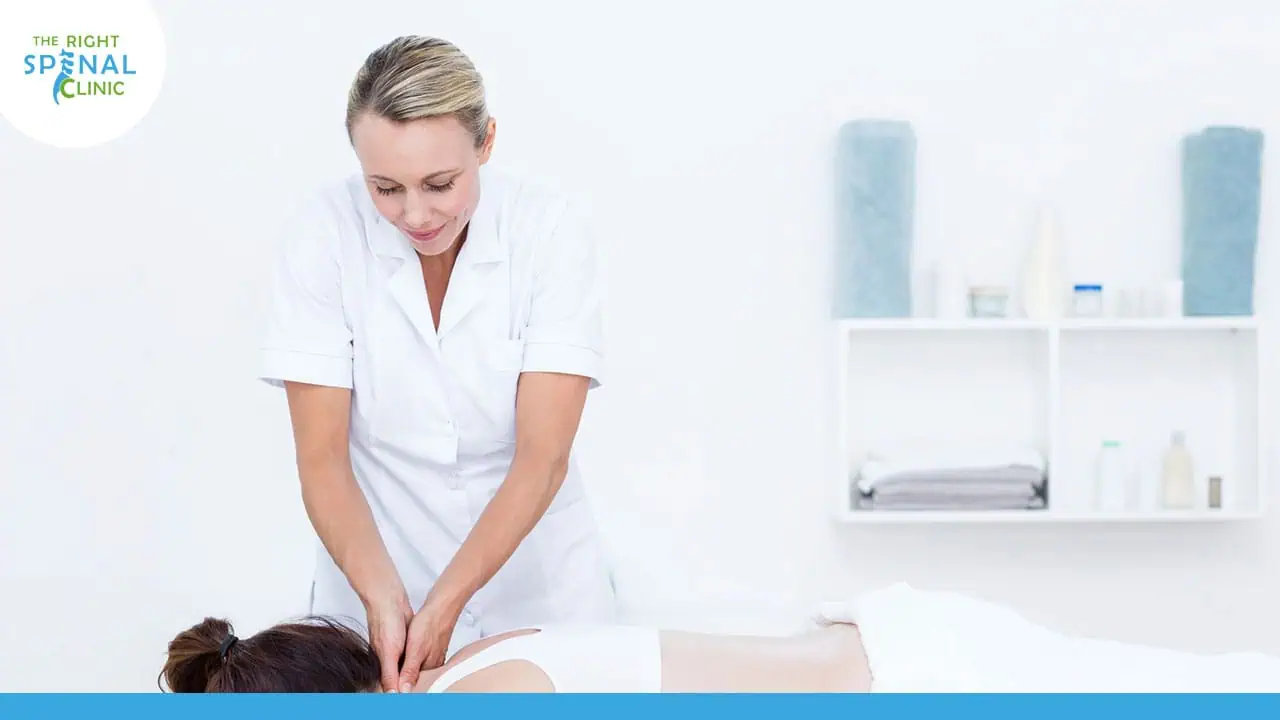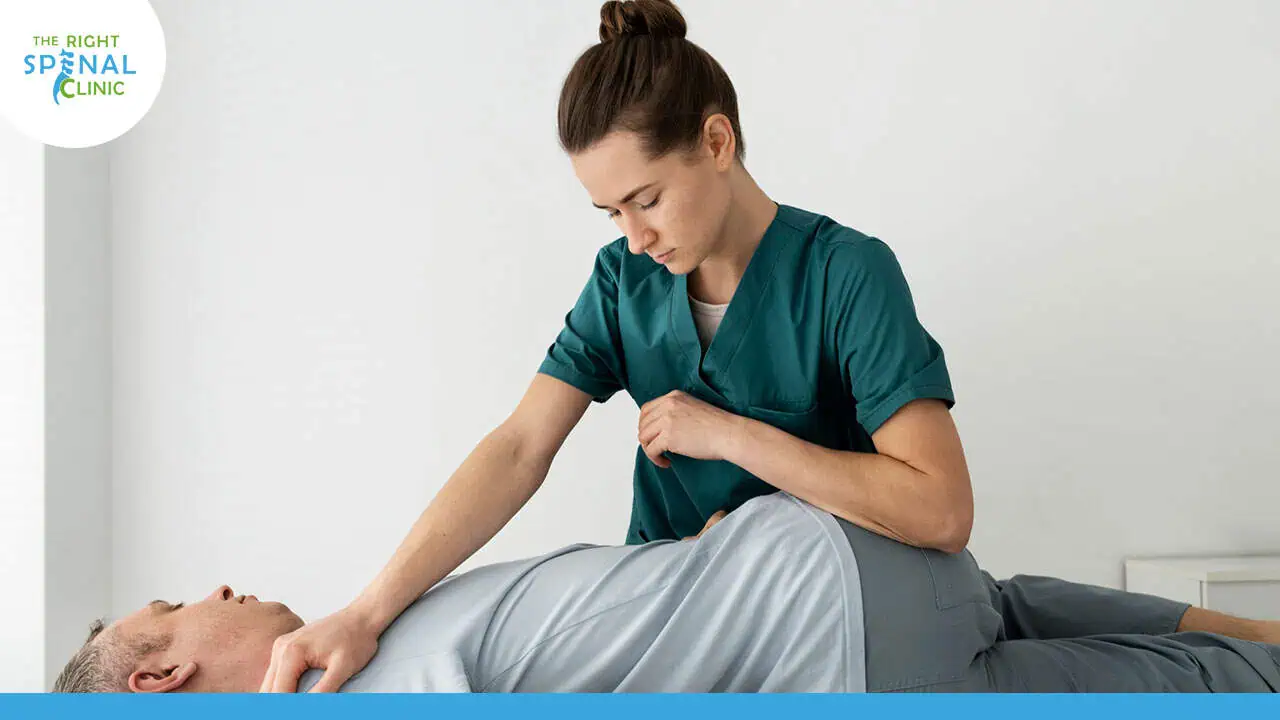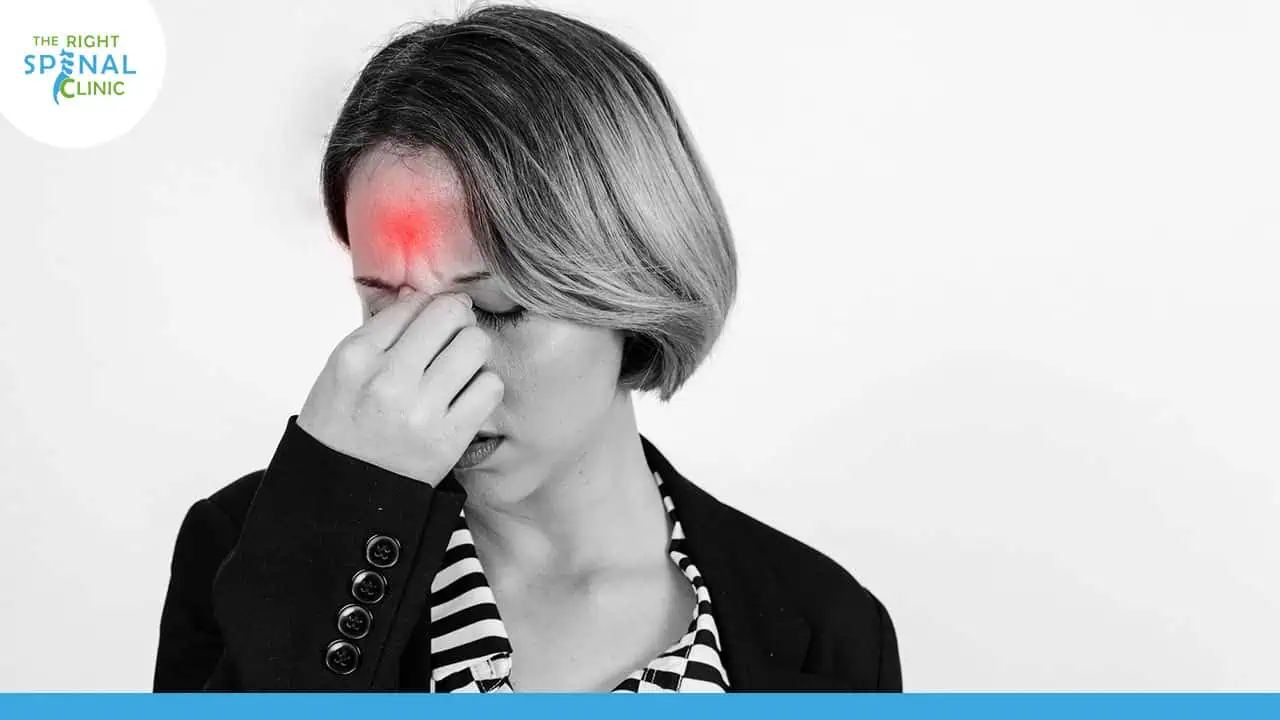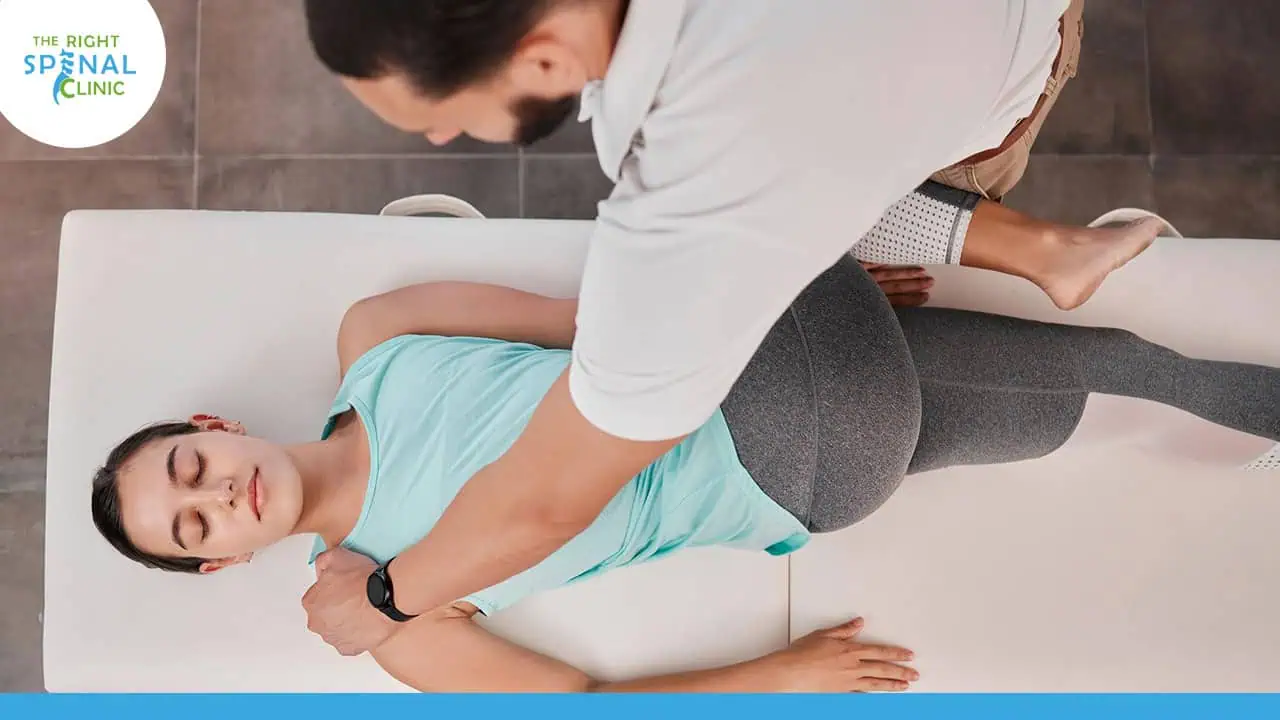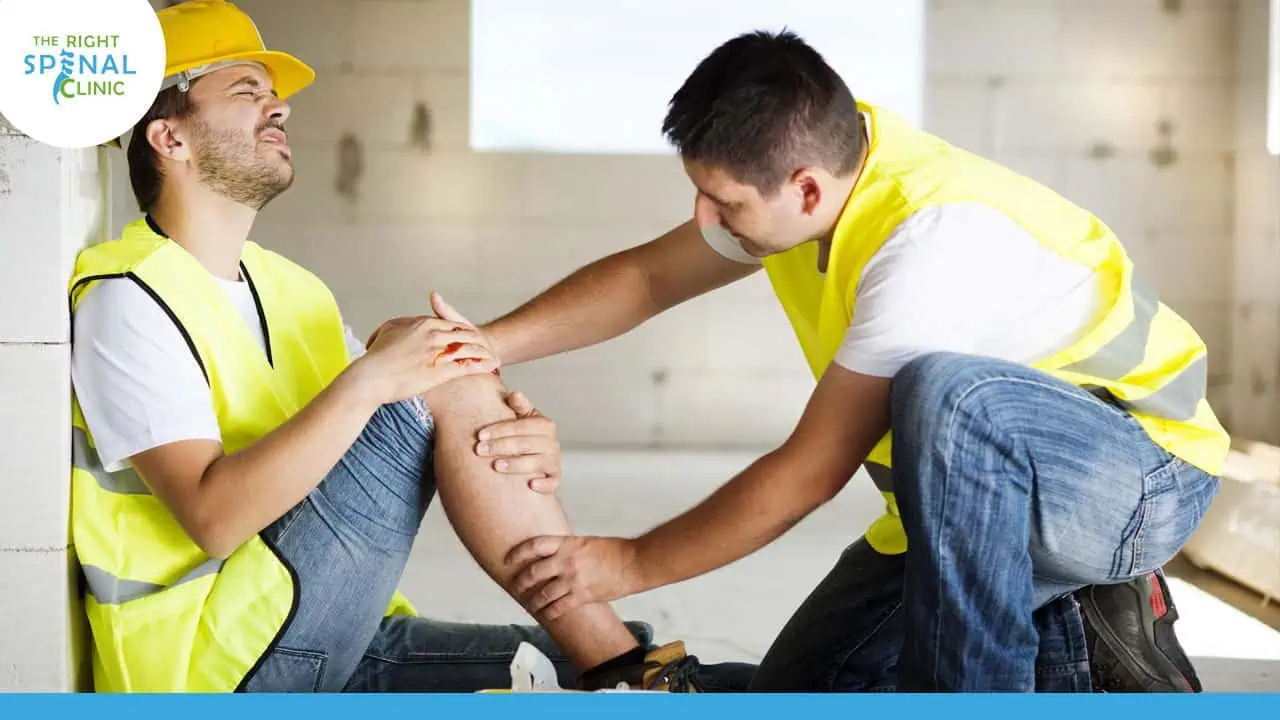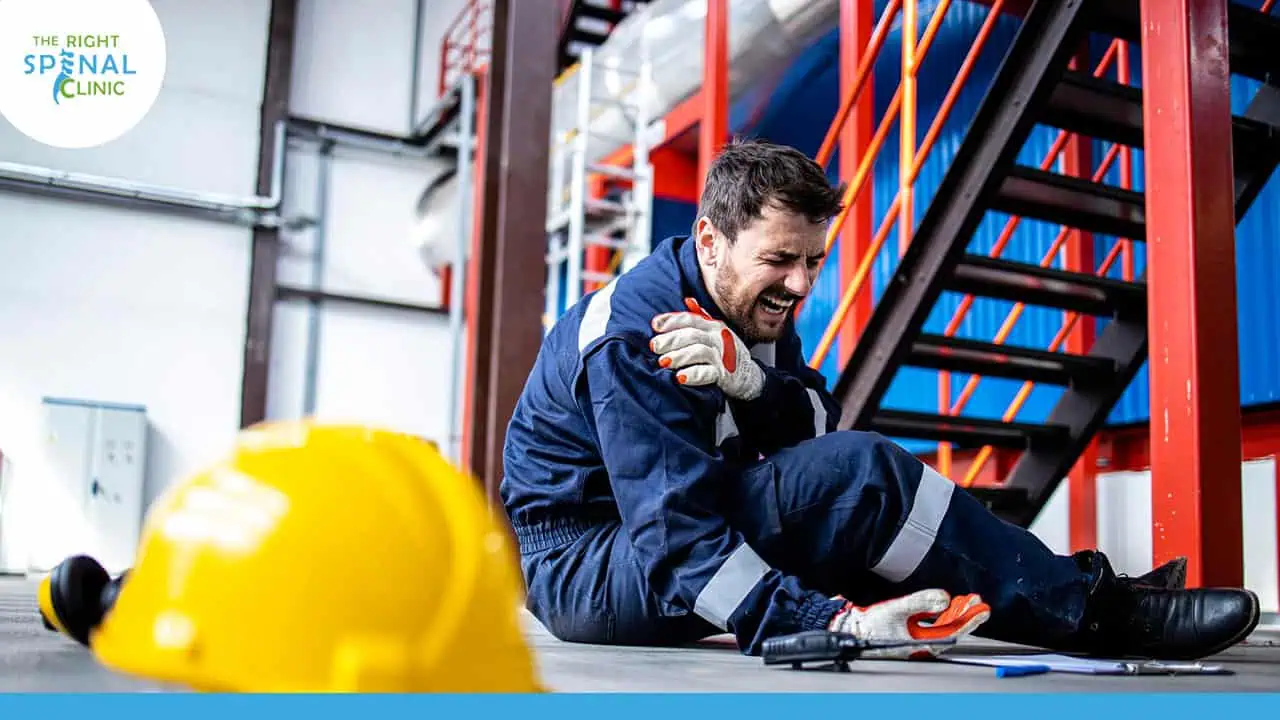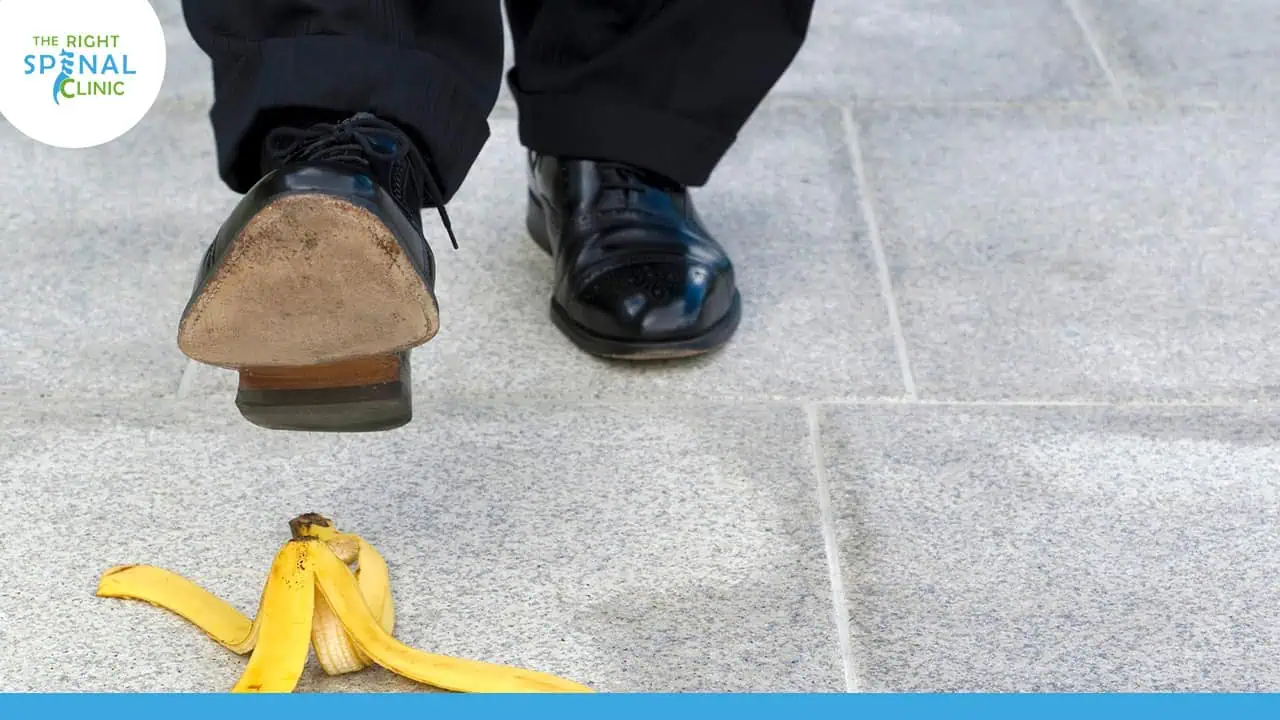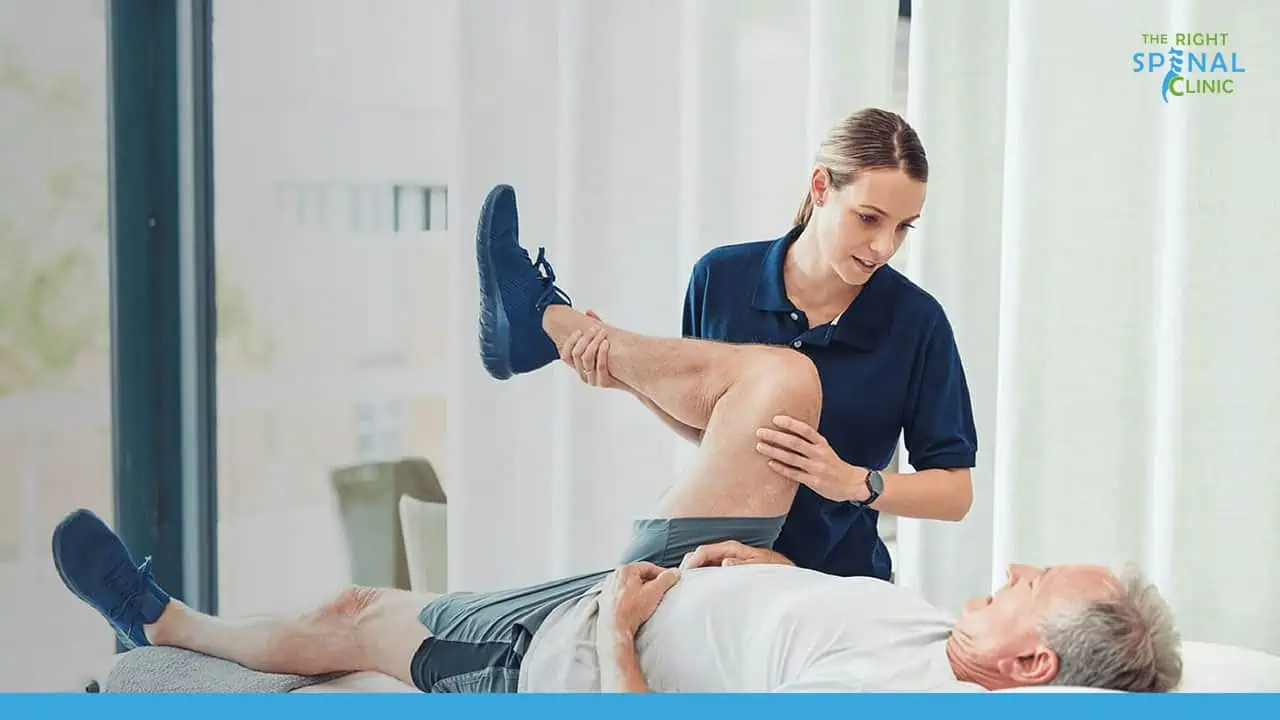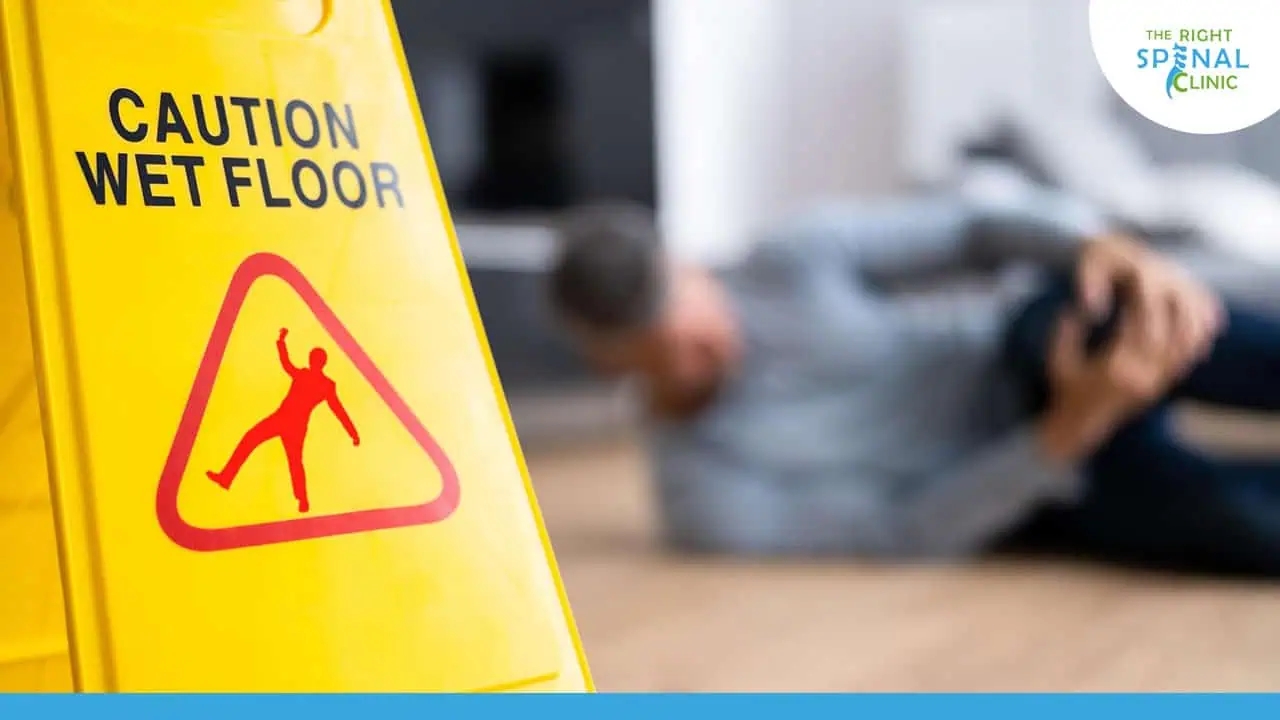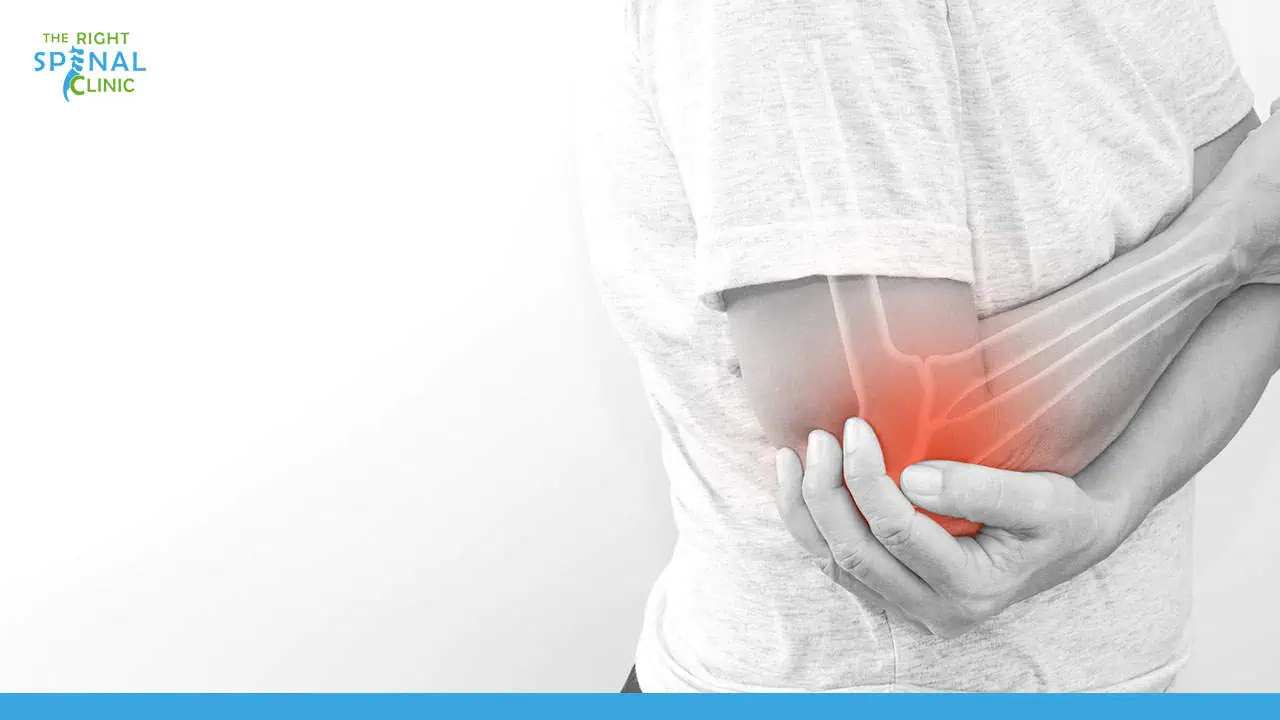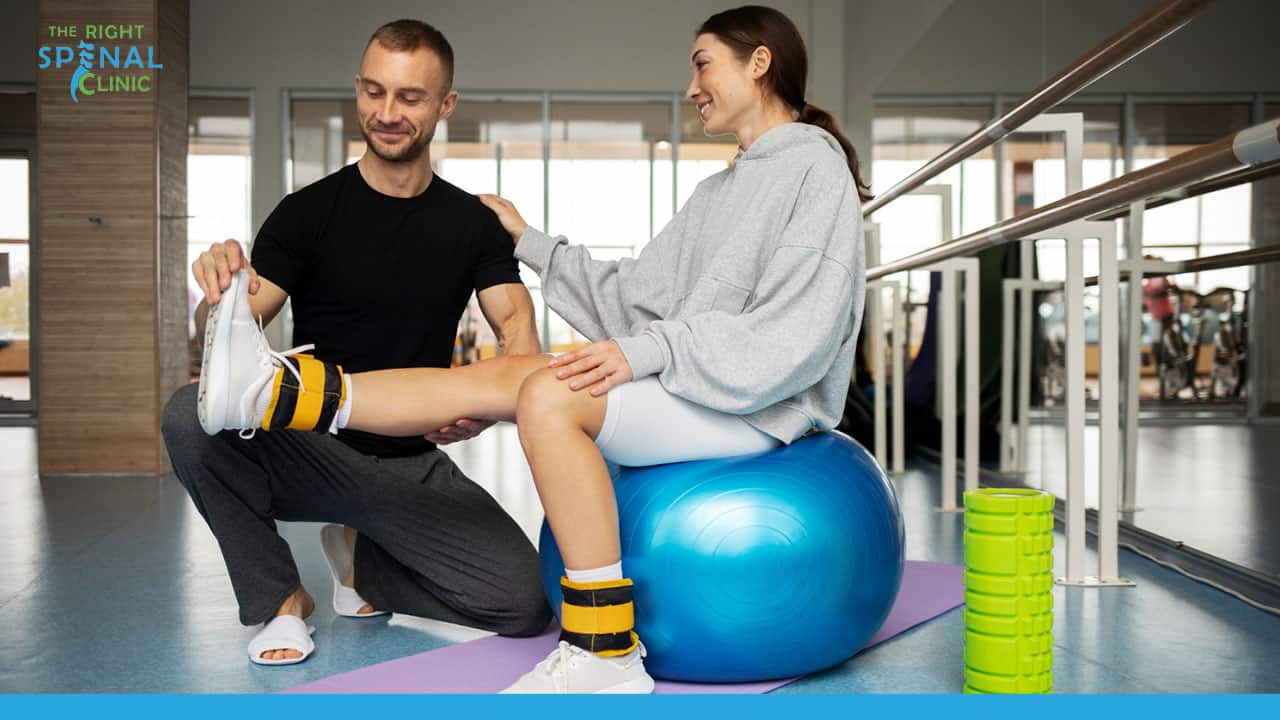
If you suffer from any condition that affects your ability to walk, your physical therapist may refer you for balance and gait training as part of your physical rehabilitation.
Gait training helps improve walking. It can be part of an overall physical therapy program in Tampa to treat an injury or a physical condition that limits the ability to walk or walk correctly.
Let’s find out what you need to know about gait training to improve your quality of life.
Who Can Benefit from Gait Training?
Your doctor may recommend gait training if you have lost your ability to walk because of an injury, illness, or other health condition. The following conditions can result in difficulty walking:
- Muscular Dystrophy
- Musculoskeletal Disorders
- Strokes or Neurological Disorders
- Spinal Cord Injuries
- Broken Legs or Pelvis
- Lower Limb Amputations
- Joint Injuries or Replacements
Children who need gait therapy often have brain injuries, neurological disorders, or musculoskeletal problems. Their doctor may recommend gait training before or after they start walking.
What Does Gait Training Involve?
Your doctor will likely encourage you to begin gait training immediately after an injury or illness that affects your ability to walk. They may also suggest other forms of physical therapy treatments. You must be fit for physical activity and movement before you start. Your joints must also be sturdy enough to support gait training.
When you’re healthy enough to start gait training, the process is the same as other physical therapies. It often involves machinery that helps you walk safely. Your physical therapist may also assist you in gait training exercises. They can help support your body weight, provide stability, and offer other assistance.
Gait training typically involves walking on a treadmill and completing muscle-strengthening activities. You may be asked to wear a harness while walking on a treadmill or doing other exercises. Your physical therapist may also ask you to practice stepping over objects, lifting your legs, sitting down, standing up, or other activities.
The type, intensity, and duration of your gait training will depend on your diagnosis and physical abilities.
Choosing the Right Assistive Device
You may need an adaptive device to help you walk right away after your low extremity injury or surgery. Your physical therapist can help you choose the right one. Examples of assistive devices may include:
- Crutches
- Wheeled walker
- Standard walker
- Lofstrand crutches
- Quad cane
- Standard cane
Your physical therapist can make sure the device is the proper size for you and check that you are using the assistive device properly.
Some patients use their assistive device temporarily; others with significant impairments require using it permanently. Your physical therapist can help you determine when to ditch your assistive device.
If you are on gait training in the physical therapy clinic in Tampa, you may use parallel bars to assist you. The bars are stable and allow you to use your arms for support while learning to walk again.
What to Expect
One of the best ways to see complete success from gait training is by starting early. It can often be combined with other forms of physical therapy. You need to have healthy joints pre-gait training. The process focuses on specific muscles and usually starts with muscle strengthening by shifting your weight between your legs and other repetitive movements to help build your muscle strength.
Once you have built back your strength, you can begin focusing more on task-specific training, but the type of training will be particular to your injury and progress.
No matter what your reason for gait training is, you’ll want to go into it knowing the work ahead. The whole process can be physically and mentally challenging, but the benefits can be life-changing with the right mindset and hard work.
Most Common Gait Training Exercises
The following exercises focus on the muscles that allow you to walk. Knowing your target muscles can help you build a strength-focused training program that will most efficiently suit your training needs.
Walking on a treadmill
Using a harness while treadmill training can give weight support to help you mimic a normal walking gait. This training exercise has been a beneficial tool for those with neurological conditions. Decreasing the load on the limbs reduces energy expenditure. With the support of the harness, the patient can control their posture and concentrate their physical energy on step-taking.
The more you walk, the more your muscles will be trained to work for you. Don't be discouraged by slow progress. Just making an effort will make a difference over time. Combined with the following strength training exercises, you will undoubtedly be happy with your improvement.
Lifting your legs
This strengthening exercise helps the quads, abs, and hip flexors. The abdominal muscles are used isometrically in order to stabilize the body during the motion; the rectus abdominal muscle and the internal and external oblique muscles are strengthened. Repeating this exercise will help you gain strength and walk with greater ease. Several variations can be done once you have mastered this one.
- Lay flat on the floor with one knee bent and one straight.
- With your toes pointed upward, raise the straightened leg to be at the same level as the bent knee.
- Return to the starting position and repeat 10 times.
- Repeat with the other leg.
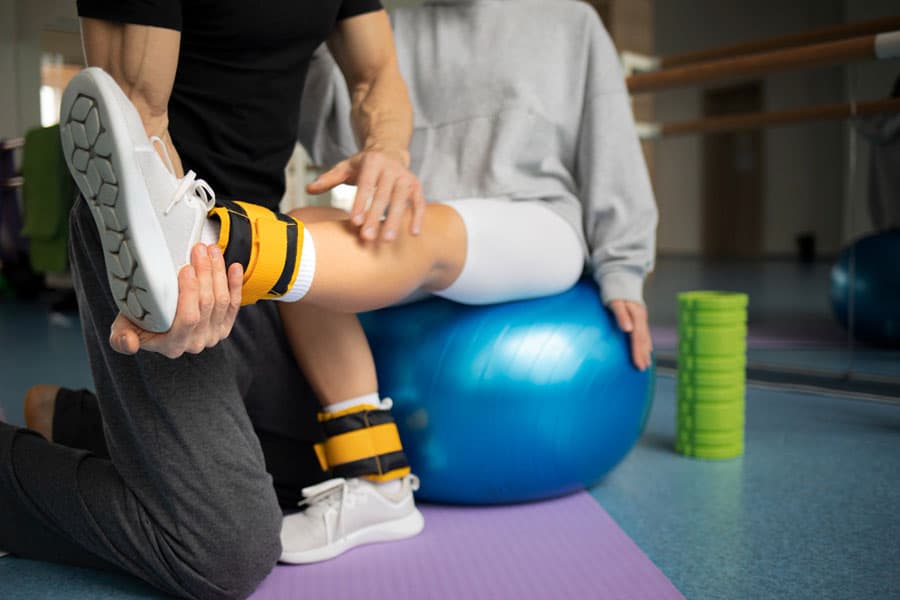
Sit-and-Stands
This exercise improves your leg strength, functional balance, and control. Not only that, you are not at much risk of getting hurt while doing this exercise. Your quads, hamstrings, and glutes are the targets of this exercise.
- Sit on a sturdy chair with both feet planted a hip distance apart.
- Tip forward at the hips, engaging your core. Do not use your hands and/or arms to assist you.
- Push from all 4 corners of your feet to allow yourself to stand. Fully extend your knees and hips.
- Reverse the movement by pressing your hips to the back and bending your knees while slowly lowering yourself to a seated position.
- Repeat the exercise 10 times or as many times as possible.
Stepping over objects
Not all walking surfaces are smooth. For this reason, lifting your legs to step over objects is important. The best practice for this is to step over objects. This will also keep you from shuffling your feet, which can cause trips and falls. Physical therapists will often use foam objects spaced a foot apart to help practice your agility while improving balance.
If you do this at home, have a railing or something stable you can hold onto to maintain your balance. This method has been proven to be especially beneficial for those who have suffered damage to the nervous system.
Schedule Your Physical Therapy Today!
Gait training aims to build muscle memory, boost endurance, and eventually retrain the legs for repetitive motions. It was designed to help gain independence from adaptive devices and boost confidence in walking.
At The Right Spinal Clinic, we are more than ready to provide you with high-quality healthcare.
If you are in need of gait training and physical therapy, call us now at (813) 392-2164 to schedule an appointment! We also accept walk-ins with NO WAITING TIME!
Recent Posts

